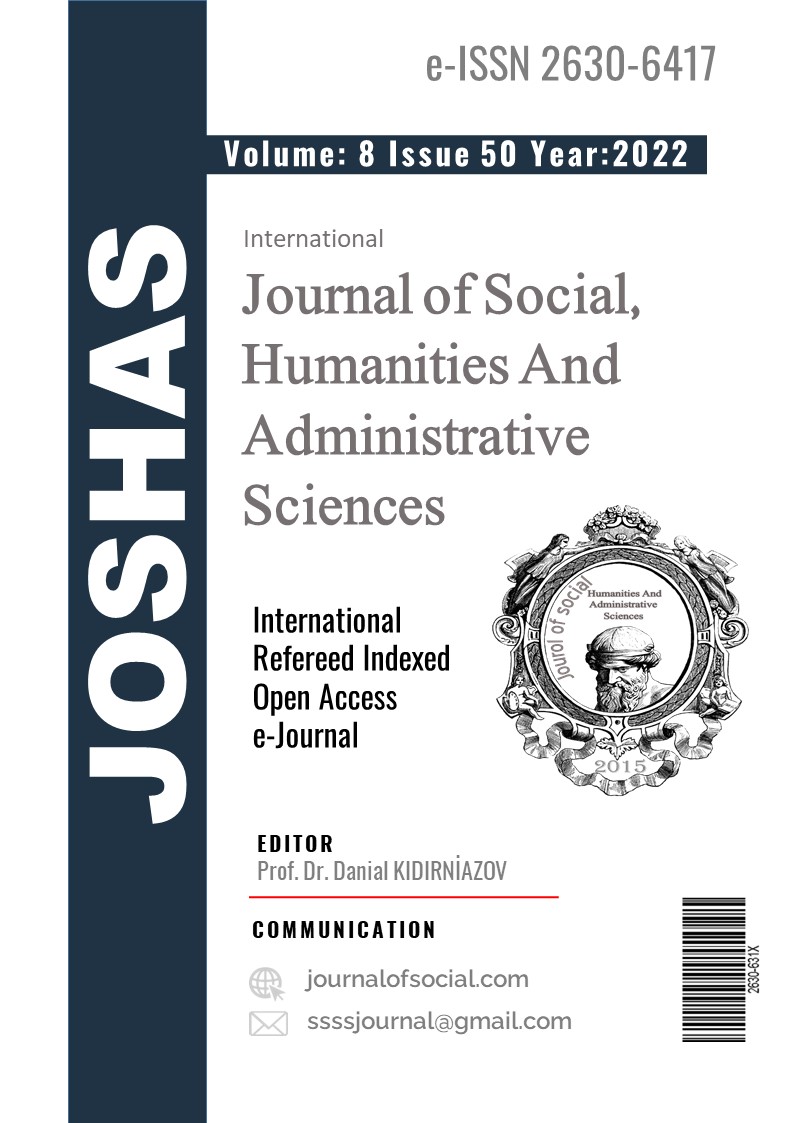Author :
Abstract
Мақалада, ортағасырда түркі елінің қолжазба дәстүріне айналған араб мәдениетінің интеллектуалдық байлығының маңыздылығы ұрпақтан-ұрпаққа берілетін дағдылар мен тәжірибелер жиынтығы тұрғысынан қарастырылды. Араб тілі басқа тілдермен әрекеттескен ортада мәтінді жазбаша түрде бекіту және сипаттау сияқты әдістерді қолдану арқылы білімді сақтау және жеткізу механизмдері арқылы сипаттаудың жолдары анықталды. Негізінен, араб жазуы, оның көмегімен жазылған араб мәтінінің архитектурасы (яғни жазу материалының парақтарындағы орналасу ерекшеліктері) және дәстүрлі библиографиялық сипаттау әдістерінде кездесетін ортақ байланыс сияқты, өзіндік ерекшеліктері болатындығына баса назар аударылды. Өйткені, араб жазуы түркі тілдес халықтардың тарихында ислам дінінің енуімен байланыстырылады және Еуропалық шығыстанушылардың сопылық ағымды түркілердің салт-дәстүрінің бөлінбес бөлшегі ретінде қарастырған ой-пікірлері, мақалада салыстырмалы тұрғыда қайта қаралып, нақтыланды.
Араб әдебиеті араб елдерінің жалпы мәдени негізі бар ортағасырлардан келе жатқан жергілікті дәстүрлерге сай дамуы шығыстанушылардың, ғұлама-ойшылдардың және араб тілін зерттеушілердің еңбектері әлі де болса өзінің қазіргі жаңа көзқарас тұрғысынан объективті бағасын алмаған тұстарын ашуға септігін тигізеді. Мақалада қазақ-араб әдебиетінің тарихи даму жолы өзіндік маңыздылығымен ерекшеленетін А. Яссауидің, С. Бақырғанидың, С. Сараидың және т.б. мұраларының қазақ әдебиетінде алатын орны туралы дүние жүзі халықтарының қоғамдық ой-пікірлерімен байланыстырылып, талданған.
Keywords
Abstract
The article discusses the importance of the intellectual wealth of the Arab culture, which became a handwritten tradition of the Turkic peoples in the Middle Ages, in terms of the totality of skills and experience passed down from generation to generation. Ways to describe the Arabic language through mechanisms for storing and transferring knowledge using methods such as written confirmation and description of the text in an environment where it interacts with other languages. In general, it was emphasized that the Arabic script has its own characteristics, such as the architecture of the Arabic text written by it (i.e., the peculiarities of the arrangement on the pages of written material) and the general connection found in traditional bibliographic descriptions. The article revised and clarified that the Arabic script was introduced in connection with the penetration of Islam into the history of the Turkic-speaking peoples, and the views of European Orientalists, who considered Sufism an integral part of the Turkic traditions. The development of Arabic literature in accordance with the local traditions of the Middle Ages, which have a common cultural basis, helps to identify the works of orientalists, scholars and researchers of the Arabic language, who have not yet received an objective assessment from the new perspective. The article deals with the historical development of the Kazakh-Arabic literature. Yassaui, S. Bakyrgani and S. Sarai and others. The role of heritage in Kazakh literature is analyzed in connection with the public opinion of the peoples of the world.





